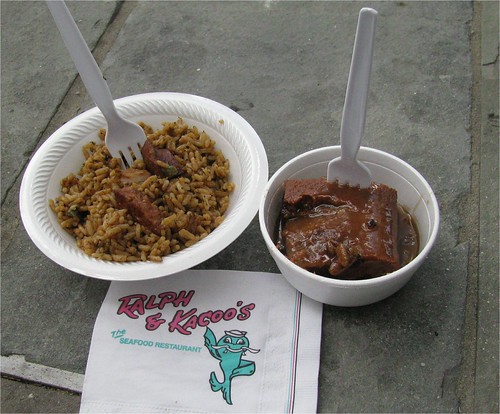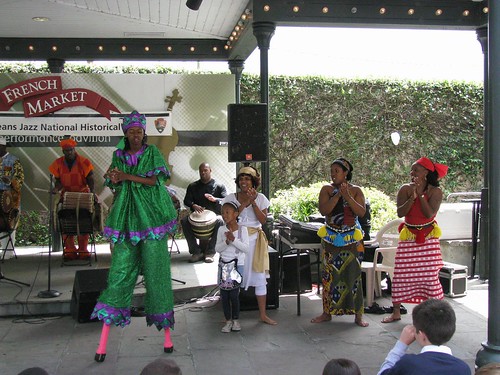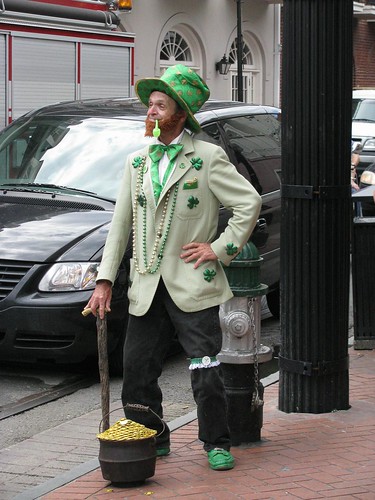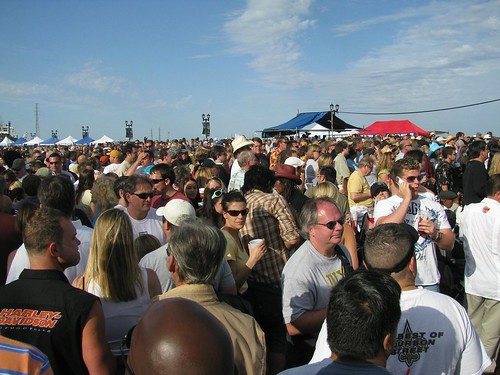
Almost three years ago the impact of Hurricane Katrina dealt a huge blow to many bridges in the Gulf Coast states. The I-10 Twin Spans, which connect the eastern side of north and south shores of Lake Pontchartrain were rendered unusable to commuters and emergency workers for over a month.

With the construction of the new Twin Spans coming along ahead of schedule, ideas about what to do with the old spans are surfacing.
One such idea is to use the rubble from the existing Twin Spans to create two artificial reefs that, in turn, would attract more fish to the area.
The Coastal Conservation Association of Louisiana has presented its reef proposal to the state Department of Transportation and Development, which in recent weeks sought public input on how to use the old bridge once the new one opens.

Artificial reefs made from concrete would be a first in Louisiana, as the state now requires the reefs be created from a particular kind of limestone that must be imported from Kentucky and Missouri, Walther said. The pingpong-ball-sized limestone is expensive and hard to transport, so using the rubble from the spans, as has been done elsewhere in the country, would be a great benefit for the program, he said.
In a somewhat similar vein of recycling for the good of maritime life, hundreds of retired New York City subway cars are being dumped into Red Bird Reef in Delaware, continuing the transformation of a barren stretch of ocean floor into a bountiful oasis, carpeted in sea grasses, walled thick with blue mussels and sponges, and teeming with black sea bass and tautog.
Let's hope the impacts of the opening of the Bonnet Carre Spillway are short lived and - if this project is allowed to go forward - that Lake Pontchartrain will once again be a thriving ecosystem.















































